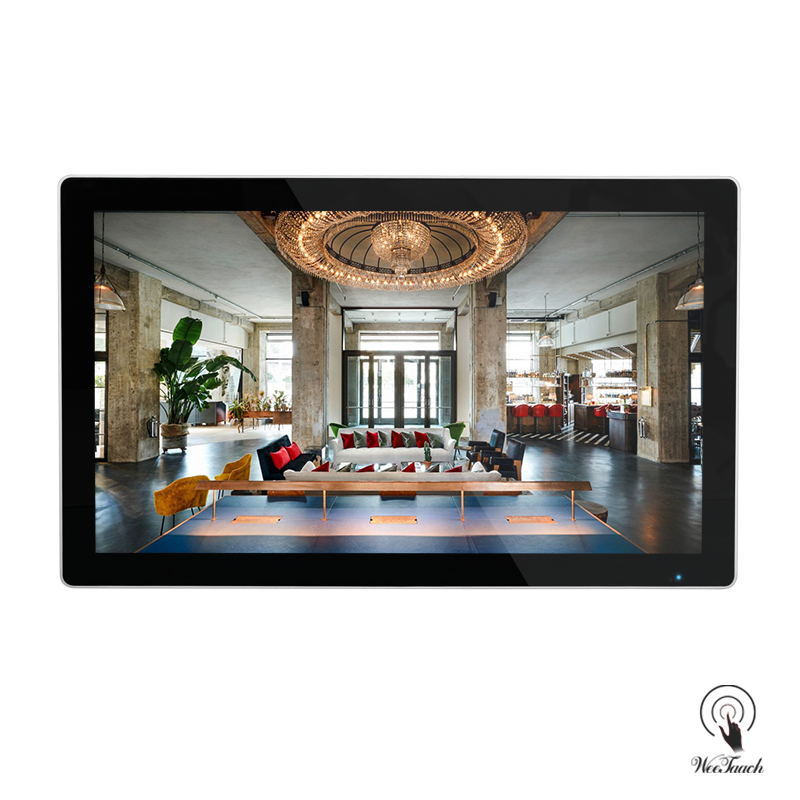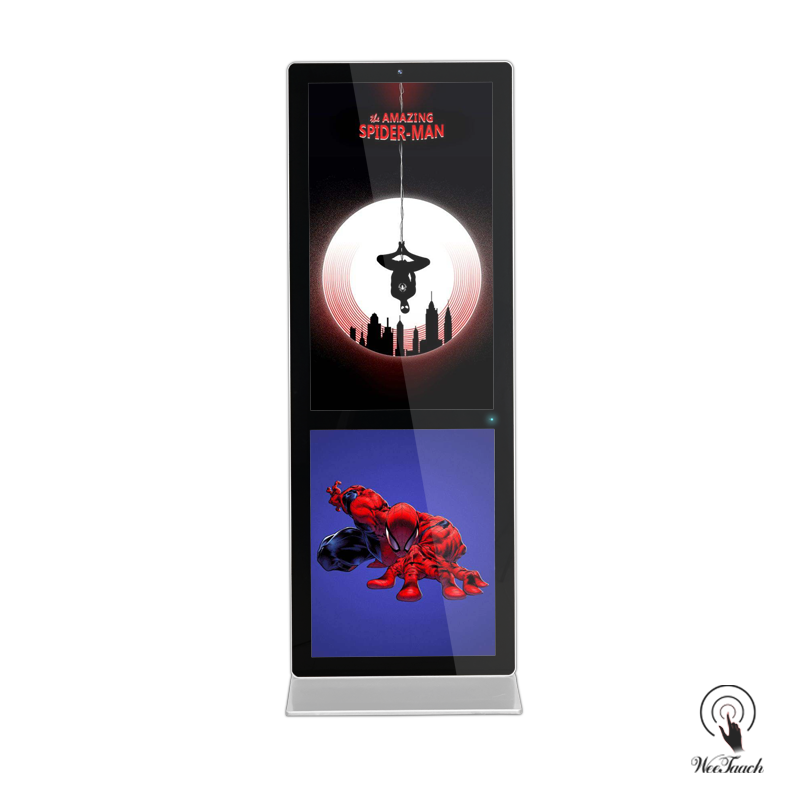At present, there are only a few companies in the world that are not known to be introduced, and Disney is one of them. But do you know that in addition to movies, toys and amusement parks, Disney has a very active research department, Disney Research, which specializes in applied research that can contribute to the entire Disney Empire. They also often use 3D printing technology in their research. For example, two months ago, some websites reported that Disney Research used 3D printing to develop a robot that walked like an animated character. Now, the research department has come up with an interesting innovation, which is a 3D printed object using a single material, but its different parts have different degrees of elasticity. For example, they printed a rabbit with a material that had soft ears and a strong body.
This interesting ability was developed by Christian Schumacher, a Ph.D. student in computer graphics at the Federal Institute of Technology in Zurich. He is also working for Disney Research. According to a research report he said, the concept was born out of the idea that a 3D object's original attributes were embedded in a 3D printed copy.
.jpg)
Disney researchers have found that they can dramatically increase the elasticity of the object by changing the structure of the material at a small scale. They developed a variety of microstructures with different elastic properties and compatibility, enabling designers to select elastic properties for different parts of the object as needed. “In our daily lives, there are many functional objects made of elastic, deformable materials. The properties of these materials are often inseparable from their function. Unfortunately, the elastic properties are not easily controlled geometrically. Because 3D printing technology usually only uses a single material, or a very small set of materials, it is difficult to support the required elastic deformation behavior," he wrote.
However, the researchers believe that although 3D printing is limited by materials, there are ways to circumvent this limitation. “3D printing makes it easy to create complex, high-precision 3D structures that can create metamaterials with special properties,†they wrote. These metamaterials are essentially composed of small-sized structures, but their primary properties are not from the constituent materials, but from the shape and interaction of the tiny structures therein. In summary, the microstructure of these materials can be specifically arranged to ensure that one portion of a 3D printed object is more elastic or more durable than another portion.
.jpg)
To do this, they took a data-based solution and they developed an algorithm that took into account all the basic resilience of these micro-structures. “We want these structures to achieve possible elastic behavior in an ideal, large enough continuous region. To achieve this, we use an optimized method to select structures that exhibit a set of desired behaviors.†The Disney research team said. “We will use a known structure or the desired elasticity index to initialize this optimization method and then compute a series of similar structures to cover a subspace with possible elastic behavior. We will repeat this process, each The second will add a structural series of structures to increase the space of elastic behavior that the material can cover. This is obviously a very complicated method, which the researchers have described in detail in the paper.
This technique opens the door to many possibilities because elastic behavior can be reproduced through a variety of significantly different structures. “Under 3D, we created these models in two models (13 cm tall rabbits and 15 cm tall teddy bears). These models were created by an interactive material design tool. These models were divided into 8 mm sides. The small lattice. These metamaterial spaces are placed in these small grids, each containing 21 similar microstructures," the researchers said. Both models have varying degrees of flexibility.
The researchers also produced a third model (32 cm high 犰狳), the elasticity of the different parts of the model is different. “We adjusted the parameter distribution so that the abdomen and joints of the jaws were soft, while the rest of the model was hard. The structure and laying of these grids were calculated by our algorithm,†the Disney team said. This cockroach can be active even if the basic material used is hard. At the same time, the researchers found that these models are best printed using SLS 3D printers . That is, because FDM 3D printing technology requires a support structure, the functionality of the model is limited.
Still, this interesting innovation is definitely able to greatly expand the range of 3D printed materials . However, the most obvious drawback of this approach is that it relies on the support of a large amount of data and computing functions. Fortunately, the Disney team is ready to publicly release a database of these structures in a way, and follow-up research on this interesting innovation is also underway.
WeeTaach digital signage covers a wide series of such as 32, 43, 49, 55, 58 and 65 inches, portrait or landscape, Android or Windows OS. We are happy to accept OEM productions on basis of quantitative orders.
â… . Illustration:


â…¡. Main Features:
- Excellent cost/performance device
- Fashion design, user-friendly UI
- Local and Network service & maintenance
- Easy Ads timing & content control
- Playback of A/V programs, Office files, etc.
- Unified management through server/control center
- Ethernet, WIFI & mobile network services (Android)
- Android OS/Win
â…¢. Specification
- Type: Freestand/Wall-mount
- Color: White, Black, or customized
- Screen: First class LED backlighted
- Screen Proof: 4mm-thick tempered glass
- Screen size: 32 to 65 inches
- Touch Mode: IR or Capacitive (Optional)
- Main Interfaces: 2*USB2.0, SD or TF slot,1*MSATA, 1*RJ45
- Speaker: Embedded 2x10W, stereo
- Definition: 1080x1920
- Brightness: 350cd/m²
- Static Contract: 1200:1
- Visual Angle: 178 degrees (V/H)
- Display Scale: 9:16/16:9
- Power Supply: AC100-240V, 50/60Hz
- Working Condition: 0 to 50 degree C/ 10% to 90% RH
- Storage Condition: -20 to 60 degree C/ 10% to 90% RH
Note: The technical specifications herein are for reference only. We remain the rights to upgrade without prior notice.
Digital Signage, Digital Signage Screen, Interactive Digital Signage, Touch Screen Digital Signage
Guangzhou Ruixin Touch Control Technology Co., Ltd. , https://www.weetaach.com